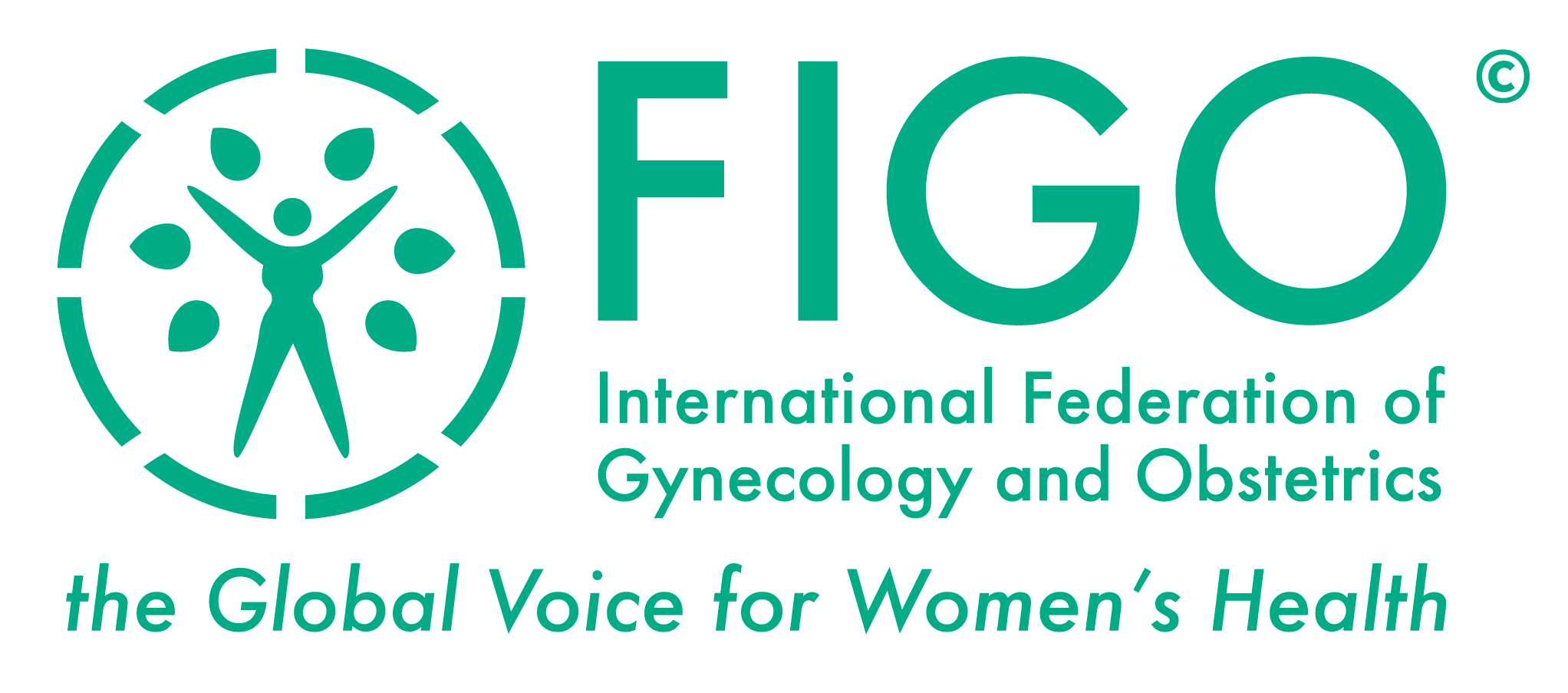George K, Kamath MS, Nair R, Tharyan P.
Ovulatoin triggers in anovulatory women undergoing ovulation induction. Cochrane Database Syst Rev. 2014 Jan 31;1:CD006900. Doi:10.1002/14651858.CD006900.pub3.
BACKGROUND:
Anovulation is a common cause of infertility. Drugs used to treat anovulation include selective oestrogen receptor modulators, aromatase inhibitors and gonadotrophins. Ovulation triggers are used with these drugs, as a surrogate for the hormonal surge seen in spontaneous menstrual cycles, to control the timing of ovulation and the timing of sexual intercourse. Ovulation triggers given without reliable evidence of oocyte maturity could be inappropriately timed; they increase costs, and the need to time intercourse precisely after the ovulation trigger is given adds to psychological stress.This is an update of a Cochrane review first published in Issue 3, 2008, of the Cochrane Database of Systematic Reviews.
OBJECTIVES:
To determine the benefits and harms of administering an ovulation trigger to anovulatory women receiving treatment with ovulation-inducing agents in comparison with spontaneous ovulation following ovulation induction.
SEARCH METHODS:
We updated searches of the Menstrual Disorders and Subfertility Group (MDSG) Specialised Register, the Cochrane Central Register of Controlled Trials (CENTRAL), MEDLINE, EMBASE and PsycINFO to November 2013. We checked conference proceedings, trial registries and reference lists and contacted researchers.
SELECTION CRITERIA:
Parallel-group, randomised, controlled trials (RCTs) evaluating the administration of an ovulation trigger to an ovulatory women receiving treatment with ovulation-inducing agents.
DATA COLLECTION AND ANALYSIS:
We independently assessed trial eligibility and trial quality and extracted data. We calculated odds ratios (ORs) with 95% confidence intervals (CIs) for dichotomous data and used the random-effects model in meta-analyses when significant heterogeneity was present. We assessed overall quality of the evidence by using the GRADE approach.
MAIN RESULTS:
No new trials were identified. This review includes two RCTs with low risk of bias that compared urinary human chorionic gonadotrophin (hCG) versus no treatment in anovulatory women receiving clomiphene citrate. Urinary hCG did not result in an increase in live birth rate over no hCG (OR 0.97, 95% CI 0.52 to 1.83; two trials, 305 participants, I(2) = 16%; low-quality evidence), but very serious imprecision around the effect estimate reduces our confidence in the apparent lack of effect of hCG as an ovulation trigger in clomiphene-induced cycles in anovulatorywomen.Among this review's secondary outcomes, urinary hCG may not increase ovulation rate (OR 0.99, 95% CI 0.36 to 2.77; two trials, 305 participants, I(2) = 55%; low-quality evidence), clinical pregnancy rate (OR 1.02, 95% CI 0.56 to 1.89; two trials, 305 participants, I(2) = 35%; low-quality evidence) or miscarriage rate in pregnant women (OR 1.19, 95% CI 0.17 to 8.23; two trials, 54 participants, I(2) = 0%; low-quality evidence). Multiple pregnancies and preterm deliveries were uncommon, and ovarian hyperstimulation syndrome, adverse events and deaths were not reported as outcomes in either trial. We found no trials evaluating other ovulation triggers.
AUTHORS' CONCLUSIONS:
Evidence is inadequate to recommend or refute the use of urinary hCG as an ovulation trigger in an ovulatory women treated with clomiphene citrate. We found no trials evaluating the use of ovulation triggers in an ovulatory women treated with other ovulation-inducing agents.
